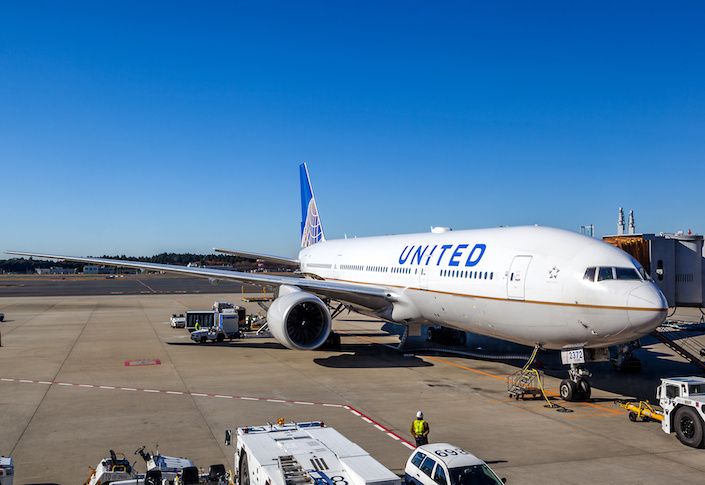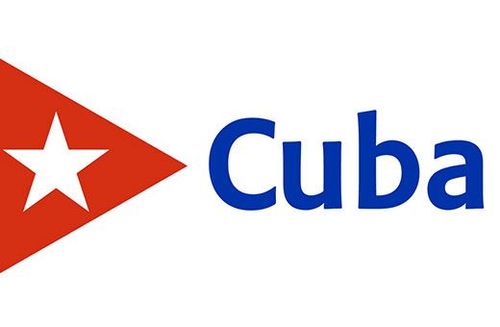Where travel agents earn, learn and save!
News / United Airlines to keep a larger leisure footprint post-crisis
United Airlines plans to keep a larger leisure footprint than it had pre-crisis

United Airlines faced a very difficult 2020. As the most exposed long-haul international US carrier, the airline’s presence in Asia, Oceania, and Europe seemed as if it could be a significant burden with the steep drop-off and lack of visibility on the return of international travel. The airline retrenched and decided to turn to a heavier leisure footprint in the United States. Moving forward, the carrier now plans to keep a larger leisure footprint than it had pre-crisis.
United Airlines wants to keep a larger leisure footprint
Throughout the pandemic, leisure travelers came back first. With the rise of remote work and no corporate restrictions on travel – though restrictions did vary by state – airlines started to pivot their route networks to cater to the increase in demand to key geographies. For example, in summer 2020, leisure travelers flocked to the Florida beaches, the mountains in the Western US, and national parks across the country. United Airlines responded in kind with increased frequencies to leisure-oriented destinations, and now it wants to keep that positioning in its post-crisis network.
Speaking on the carrier’s second-quarter earnings call, Chief Commercial Officer Andrew Nocella stated the following on the carrier’s leisure positioning during the crisis:
“We did, as I would say, tilt our capacity toward more leisure-oriented markets during the crisis, and we continue to do so – and will do so – for at least the rest of this year. And the tilting of those ASMs [available seat miles] toward more leisure-oriented markets, I think, has helped us during this recovery.”
Moving forward, he discussed where he wants to see United’s network adapt toward leisure:
“We do intend to keep a bigger footprint in these leisure markets going forward, in particular Florida, where United was undersized, and that undersizing had led to Q1 results for United that could seasonally trail others. We’re hopeful that, on the other side of this crisis, as we rebuild the airline and we rebuild the network, we’re going to build it better and we’re going to be a bigger player in these leisure oriented markets in the Q1 time period than we have historically been.”
A key winter and spring destination
The first quarter encompasses January, February, and March. While there will be a good chunk of bookings for travel in this quarter that is ticketed in December, travel for spring break, and February usually is booked in the first quarter, plus the close-in bookings in January.
The generally popular destinations during this time of year are in Florida. Home to beaches, theme parks, and more, winter-weary travelers from the northern United States tend to get out and travel to beaches during January and February. College students and families flock to Florida to enjoy the spring break season, which usually rolls around in March.
In fact, for 2020, the real boost in the recovery and passenger demand growth happened in March. Spring break was the real impetus for families and young adults getting out after experiencing a year of severely reduced travel due to the pandemic.
United certainly has room to grow in this market, and it is certainly starting to make amends in this market. During the crisis, it added a host of point-to-point leisure routes to Florida – its largest point-to-point expansion in recent memory.
Moving forward, the plan will be to keep a healthier footprint in these markets, but it will tend to connect those cities to its hubs. This includes Newark, Denver, Chicago, Washington D.C., Houston, and San Francisco. Cleveland, a former United hub, also is a city that should maintain nonstop frequencies to Florida.











